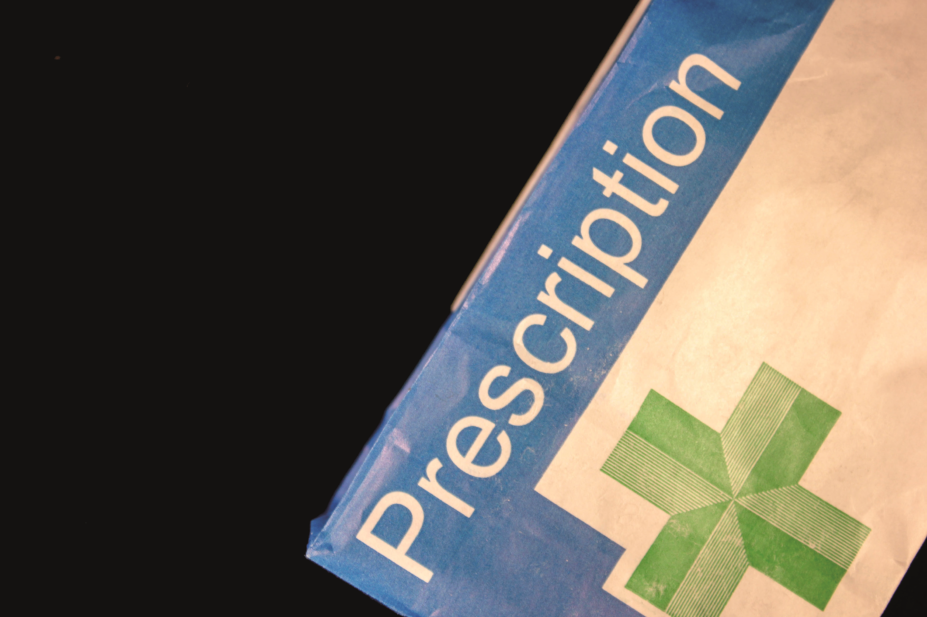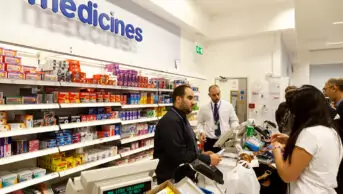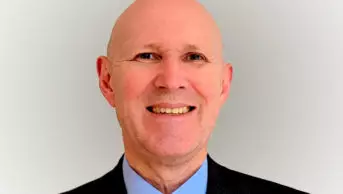
Shutterstock.com
The cost of prescriptions dispensed in the community in England has decreased by nearly 4%, which represents the largest fall in three years, according to figures published by NHS Digital.
In 2018, the bill for prescriptions dispensed amounted to £8.8bn, which was £336.6m less than the £9.2bn spent in 2017.
The 3.7% fall in expenditure between 2017 and 2018 is much higher than decreases in previous years. In 2017, prescription costs fell by 0.41% and in 2016 the decrease was 0.67%.
The cost of prescriptions dispensed in the community last increased in 2015, when £9.27bn was spent — 4.68% more than in 2014.
Despite the falling costs, NHS Digital’s Prescription Cost Analysis found that the number of items dispensed during 2018 rose slightly by 0.3% — 2.9 million items — to a total 1.1 billion items.
That figure was similar to previous years where the number of items dispensed increased marginally by 0.15% in 2017 and by 1.89% in 2016.
Community pharmacist leaders believe the fall in the costs of prescriptions reflects a more competitive market and the government’s success at buying NHS drugs at cheaper prices — especially generics.
Hemant Patel, secretary of North East London Local Pharmaceutical Committee and member of the Royal Pharmaceutical Society’s English Pharmacy Board, said: “The reduction in the costs doesn’t mean that pharmacy remuneration will do down.
“The price has fallen because the generics market is more competitive and that has been facilitated by pharmacists purchasing drugs more wisely.”
Patel attributed the slight increase in the number of items dispensed in the past three years to “deprescribing” — taking products off prescription — and pointed to the government’s recent reforms around over-the-counter medicines.
He said: “Deprescribing in some areas of the country will be higher than others. It is the number of items dispensed which will have an impact on our income if the pharmacy model of remuneration doesn’t change.”
According to the NHS Digital report, atorvastatin remained in top place as the most dispensed item in England during 2018, the same position it held in 2017.
The report revealed that the product accounted for 41.8 million items dispensed, which was an increase of 12% on the previous year. It was the second highest increase in dispensing among the 20 drugs that had been dispensed the most.
Sertraline hydrochloride had the biggest increase in prescriptions among the 20 most-dispensed drugs in the past 12 months. In 2018, almost 15 million items were dispensed compared with nearly 13 million in 2017 — an increase of 14.6%.
Simvastatin — which was the sixth most commonly prescribed item in 2018 — had the largest decrease in prescriptions. In 2018, it accounted for 24.3 million items, compared with 27.2 million items in 2017 — a fall of 10.7%.
Enteral nutrition was ranked highest in terms of total net ingredient cost at £264m in 2018, compared with £258m in 2017 — a rise of 2.2%. In 2017, it was ranked second in the same table.
Apixaban went from ninth place to third place in the rankings according total net ingredient cost. Its bill went from £150m in 2017 to £223m in 2018 — a rise of 48%, accounting for the highest increase in the top 20 drugs according to total net ingredient cost.
Figures from NHS Digital published in December 2018 revealed that in 2017/2018, the cost of drugs at list price reached £9.2bn for hospital pharmacies — a 10.8% increase compared with the previous year.


